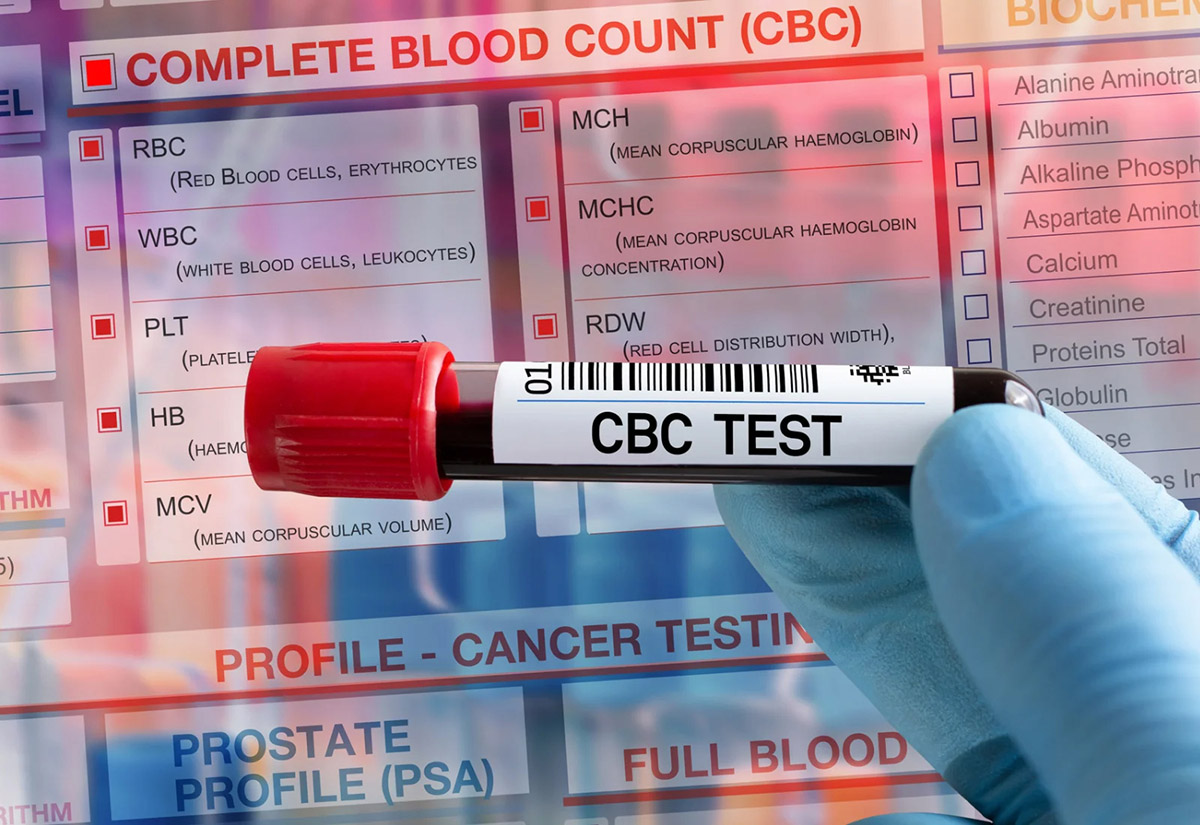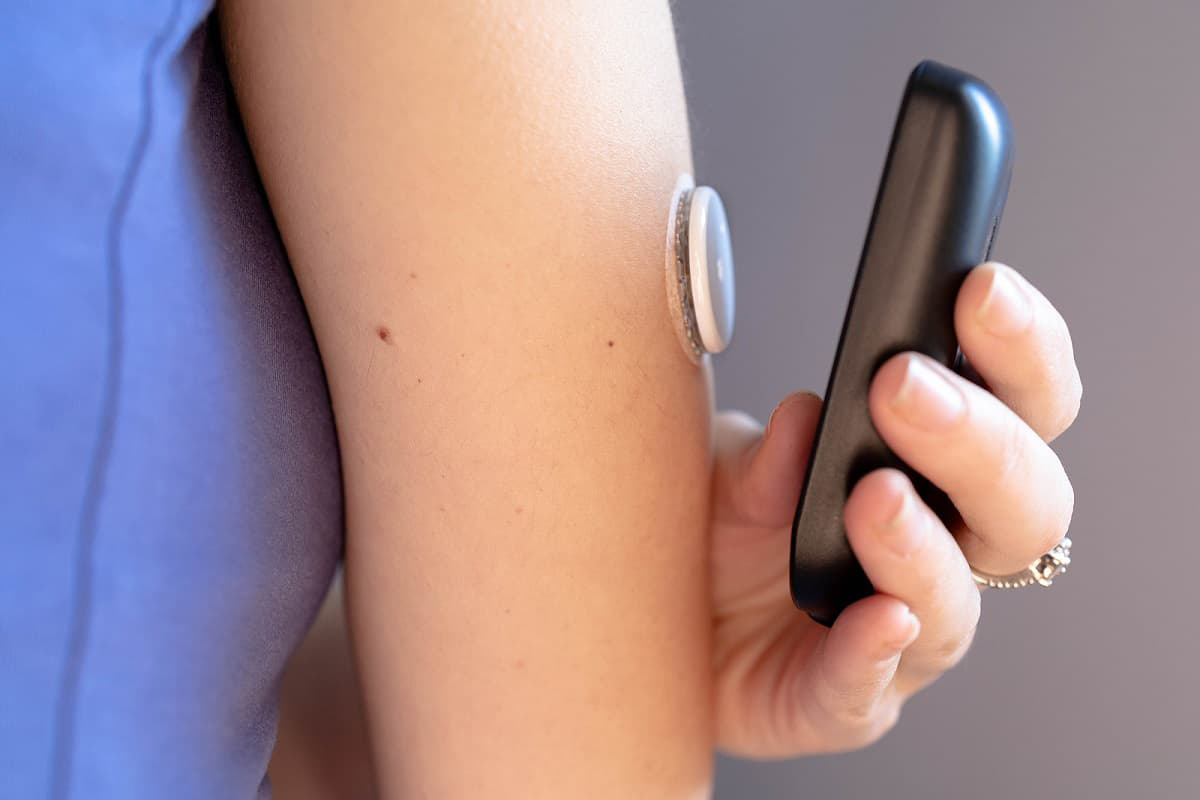

Finance
How Much Do Stitches Cost Without Insurance?
Published: November 15, 2023
Find out the cost of stitches without insurance and explore your financial options for medical expenses. Save money and plan your finances wisely!
(Many of the links in this article redirect to a specific reviewed product. Your purchase of these products through affiliate links helps to generate commission for LiveWell, at no extra cost. Learn more)
Table of Contents
Introduction
Accidents happen when we least expect them, and sometimes those accidents result in cuts or lacerations that require medical attention. When these situations arise, it’s important to seek immediate treatment, which often involves getting stitches. However, not everyone has health insurance to cover the cost of medical procedures. So, if you find yourself in need of stitches but without insurance, how much can you expect to pay?
In this article, we will explore the factors that affect the cost of stitches without insurance, the average expenses you may incur, as well as additional costs to consider. We will also provide you with some tips on how to save money if you find yourself in this situation. Understanding the potential costs can help you make informed decisions about your healthcare options and budget accordingly.
It’s important to note that the information provided here is intended as a general guide, and the actual cost of stitches without insurance can vary based on several factors. Consulting with a healthcare professional is always the best way to get accurate pricing information specific to your situation.
Now, let’s delve into the importance of stitches and why seeking timely medical care is crucial.
Understanding Stitches and Their Importance
Stitches, also known as sutures, are a common medical procedure used to close wounds and promote proper healing. They are typically used for deep cuts or lacerations that would benefit from the support and alignment provided by sutures. Stitches help to bring the edges of the wound together, reducing the risk of infection and minimizing scarring.
When a wound is left open or improperly treated, it can lead to complications such as delayed healing, increased risk of infection, and potential damage to underlying tissues. Furthermore, the longer a wound remains open, the more challenging it becomes to close and achieve optimal healing. Stitches play a vital role in ensuring that wounds heal correctly and minimize the risk of long-term complications.
It is important to seek medical attention for wounds that may require stitches as soon as possible. Delaying treatment can lead to more serious complications and result in higher medical costs in the long run. Infections, the need for more extensive wound reconstruction, and potential scarring are just a few examples of the outcomes that can arise from neglecting to treat a wound promptly.
In the next section, we will explore the factors that can influence the cost of stitches without insurance and provide you with a better understanding of the potential expenses you might encounter.
Factors Affecting the Cost of Stitches Without Insurance
When it comes to the cost of stitches without insurance, several factors come into play. Understanding these factors can help you anticipate the potential expenses you may face. Here are some key factors that can influence the cost:
- Location: The location of the wound can impact the cost of stitches. For example, a wound on a visible or sensitive area like the face or hands may require the expertise of a specialist, which can drive up the cost.
- Severity of the Wound: The severity of the cut or laceration will also affect the cost. Deeper and longer wounds may require more stitches, increasing the complexity of the procedure and the associated expenses.
- Healthcare Provider: Different healthcare providers may have varying pricing structures. Hospital emergency rooms typically have higher costs compared to urgent care centers or walk-in clinics. It is essential to research and compare prices to find an affordable option.
- Additional Services: In some cases, additional services may be necessary along with the stitches. This can include wound cleaning, anesthesia, or Tetanus shot administration. These additional services can contribute to the overall cost of the procedure.
- Geographical Location: The cost of healthcare can vary based on geographical location. Factors such as the cost of living, regional healthcare policies, and medical service availability can impact the overall price.
It’s important to keep in mind that these factors are not exhaustive and can vary depending on your specific circumstances and location. Consulting with a healthcare professional or speaking directly with medical facilities will give you a better idea of the costs you can expect to incur for stitches without insurance.
Next, we will discuss the average cost of stitches without insurance, providing you with a baseline to understand the potential expenses involved.
Average Cost of Stitches Without Insurance
The cost of stitches without insurance can vary significantly depending on various factors. On average, you can expect to pay between $200 and $2,500 for stitches without insurance in the United States. However, the final cost can be higher or lower depending on the severity of the wound, the location of the healthcare provider, and other factors previously mentioned.
For less severe wounds that can be treated at an urgent care center or walk-in clinic, the cost of stitches typically ranges from $200 to $500. These facilities often offer more affordable options compared to hospital emergency rooms. However, keep in mind that more complex or extensive wounds may require treatment at a hospital, where the cost can be significantly higher.
In some cases, the cost of stitches may also depend on the type of suture material used. There are different types of sutures, such as absorbable and non-absorbable sutures, with varying costs. Your healthcare provider will determine the appropriate type of suture based on the wound, which will impact the overall cost.
Additionally, it’s worth noting that the cost of stitches may not include any necessary follow-up visits or medications. These additional expenses can add to the overall cost of treatment.
Remember, these figures are just averages, and the actual cost can differ depending on your specific circumstances. It is always recommended to contact healthcare providers in your area and inquire about their pricing to get a more accurate estimate for your particular situation.
Now, let’s explore some additional costs that you should take into consideration when seeking stitches without insurance.
Additional Costs to Consider
When budgeting for stitches without insurance, it is important to consider potential additional costs that may be involved. These costs can vary depending on your specific situation and the healthcare provider you choose. Here are some additional expenses you should take into account:
- Wound Cleaning: Depending on the nature of the wound, it may require cleaning or irrigation before stitching. This additional procedure can incur separate charges.
- Anesthesia: For more complex or painful procedures, anesthesia may be required to numb the area. Anesthesia administration can be an additional cost to consider.
- Tetanus Shot: If your wound is caused by a dirty or contaminated object, a tetanus shot may be necessary to prevent infection. The cost of a tetanus shot may be an additional expense to factor into your budget.
- Follow-up Visits: After receiving stitches, you may need to schedule follow-up visits to monitor the healing progress and remove the stitches. These visits can come with separate charges.
- Pain Medication or Antibiotics: Depending on the severity of the wound, your healthcare provider may prescribe pain medication or antibiotics to aid in the healing process. The cost of these medications may be an additional expense.
It is crucial to discuss these potential additional costs with your healthcare provider to understand what is included in the initial cost estimate and what may be charged separately. Planning for these extra expenses will help you avoid any unexpected financial burdens.
Next, we will explore some practical ways to save money on stitches without insurance.
Ways to Save Money on Stitches Without Insurance
While receiving stitches without insurance can be costly, there are several strategies you can employ to help save money on the overall expenses:
- Explore Affordable Healthcare Providers: Research and compare prices at different healthcare facilities, including urgent care centers, walk-in clinics, and community health centers. These options often offer more affordable rates compared to hospital emergency rooms.
- Ask for Self-Pay Discounts: Some healthcare providers offer discounts for patients paying upfront or without insurance. Don’t be afraid to inquire about available discounts or negotiate the price.
- Consider Community Clinics or Free Clinics: Check if there are any community clinics or free clinics in your area that provide basic medical services. These clinics may offer reduced-cost or even free stitches for individuals without insurance.
- Discuss Payment Plans: If the overall cost is a financial burden, talk to the healthcare provider about setting up a payment plan. Many facilities are willing to work out payment arrangements to make the expenses more manageable.
- Seek Financial Assistance: Inquire about any financial assistance programs or charitable organizations that may help cover the cost of medical procedures for individuals without insurance. These resources can provide much-needed support during challenging times.
- Consider Telemedicine: In certain cases, virtual visits through telemedicine platforms may provide a cost-effective solution. Some healthcare providers offer virtual consultations for minor injuries that may not require in-person examination.
It’s important to balance cost-saving measures with the quality of care you receive. While affordability is crucial, prioritizing a qualified healthcare provider who can provide the necessary expertise is equally important to ensure optimal healing and reduce the risk of complications.
Remember, prevention is always better than cure. Investing in health insurance can provide financial protection and peace of mind in the event of unexpected medical needs.
Finally, let’s wrap up this article.
Conclusion
When faced with the need for stitches without insurance, it’s important to be aware of the potential costs and available options to make informed decisions about your healthcare. While the actual cost of stitches can vary depending on several factors, including the severity of the wound and the healthcare provider, it is crucial to seek immediate medical attention to prevent complications and ensure proper healing.
We explored the factors that can affect the cost of stitches without insurance, including the location of the wound, the severity of the injury, and the type of healthcare provider. The average cost of stitches without insurance typically ranges from $200 to $2,500, but it’s essential to consult with healthcare professionals and facilities in your area for accurate pricing information.
Additionally, we discussed the importance of considering additional costs such as wound cleaning, anesthesia, follow-up visits, and necessary medications. Planning for these expenses can help you budget effectively.
Fortunately, there are ways to save money on stitches without insurance. Exploring affordable healthcare providers, asking for self-pay discounts, and considering community or free clinics are just a few strategies to consider. It’s also worth discussing payment plans and exploring financial assistance options if needed.
Remember, seeking stitches without insurance is just one aspect of medical care. Prioritizing your overall well-being and exploring preventive measures, such as investing in health insurance, is essential to ensure comprehensive healthcare coverage.
Always consult with healthcare professionals to get accurate pricing and advice based on your specific situation. Your health is invaluable, and taking proactive steps to address injuries and wounds is crucial to your overall well-being and quality of life.
Stay informed, stay safe, and seek appropriate medical attention when needed.














